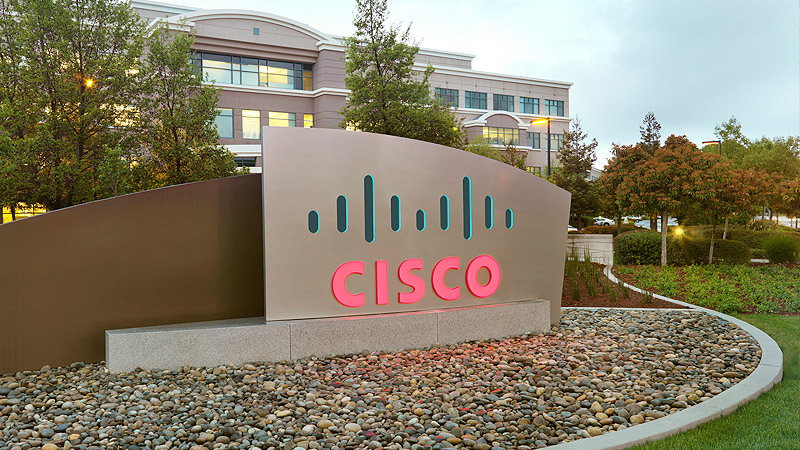BEIJING, May 17, 2006 - Cisco Systems announced today that the Xinjiang Uygur Autonomous Region Taxation Bureau has adopted the Cisco®Unified Communications solution. To date, this upgrade represents the largest Unified Communications project based on Internet Protocol (IP) telephony within China's taxation system. More than 2,600 Cisco Unified IP phones are deployed at the Xinjiang tax bureau, including 15 state-level and 115 county-level offices, in a conversion from traditional time-division multiplexing (TDM) telephones.
The installation was completed at the end of March 2006, with the bureau expecting to profit from the project within one and a half years. The Cisco Unified Communications system will allow the taxation bureau to reduce its communication costs while increasing its operational efficiency. To determine that the call quality of the IP phones matches or surpasses that of traditional phones, both the Changji Hui Ethnic Minority Group Autonomous Region Taxation Bureau and the Urumqi Taxation Bureau conducted monthlong tests, with favorable results. This project marks the second initiative between the Xinjiang bureau and Cisco - the first was the restructuring of the system's wide-area network (WAN) at the end of 2004.
"The Xinjiang Taxation Bureau already has a leading-edge network platform thanks to the help of Cisco, an industry leader. To fully realize the platform's capabilities, we must utilize advanced IP applications. The Cisco Unified Communications system will allow us to experience the value and efficiency brought by an advanced network system," a spokesperson of the Xinjiang Taxation Bureau said.
2005 has been a year of rapid growth for the Xinjiang Taxation Bureau. It has brought in RMB20 billion, or $2.5 billion, in taxation revenue, reflecting the steady economic growth occurring in Xinjiang. The establishment of effective communication channels promotes corporate management optimization and Xinjiang's business taxation development. Through conferencing, collaboration and cross-regional business training, the Unified Communications solution provides support for the Xinjiang taxation system to accelerate decision making, increase efficiency, and reduce communication costs.
"It's our pleasure to have the opportunity to again cooperate with the Xinjiang Taxation Bureau. Globally, Cisco is the worldwide market leader in business communications," says William Shen, vice president of Cisco Systems China. "We are delighted that the bureau has concluded that the Cisco Unified Communications system is a perfect fit for its future communication development. This deployment demonstrates Cisco's dedication to meet its customers' needs in the fast development of Xinjiang's infrastructure through the deployment of advanced network technology."
The network environment of the Xinjiang Taxation Bureau encompasses the province-level, city-level and county-level WAN with a total of 167 WAN leased lines, 159 local-area networks (LANs) and broadband networks connecting taxation bureaus at all levels in the region to the province level at the Xinjiang Taxation Bureau. The bureau is also the first taxation office to build and use a videoconferencing system in China.
About Cisco Unified Communications System
Cisco Unified Communications System is a suite of voice, data and video products and applications specifically designed to help organizations of all sizes communicate more effectively. It allows customers to integrate their communications system with their IT infrastructure, streamlining business processes for the way effective businesses need to work today. Based on the Cisco Service-Oriented Network Architecture (SONA), the Cisco Unified Communications system is an open and extensible platform for real-time communications based on presence, mobility and the intelligent information network. By using the IT data network as the service-delivery platform, the system helps workers to reach the right resource the first time by delivering presence and preference information to an organization's employees.





